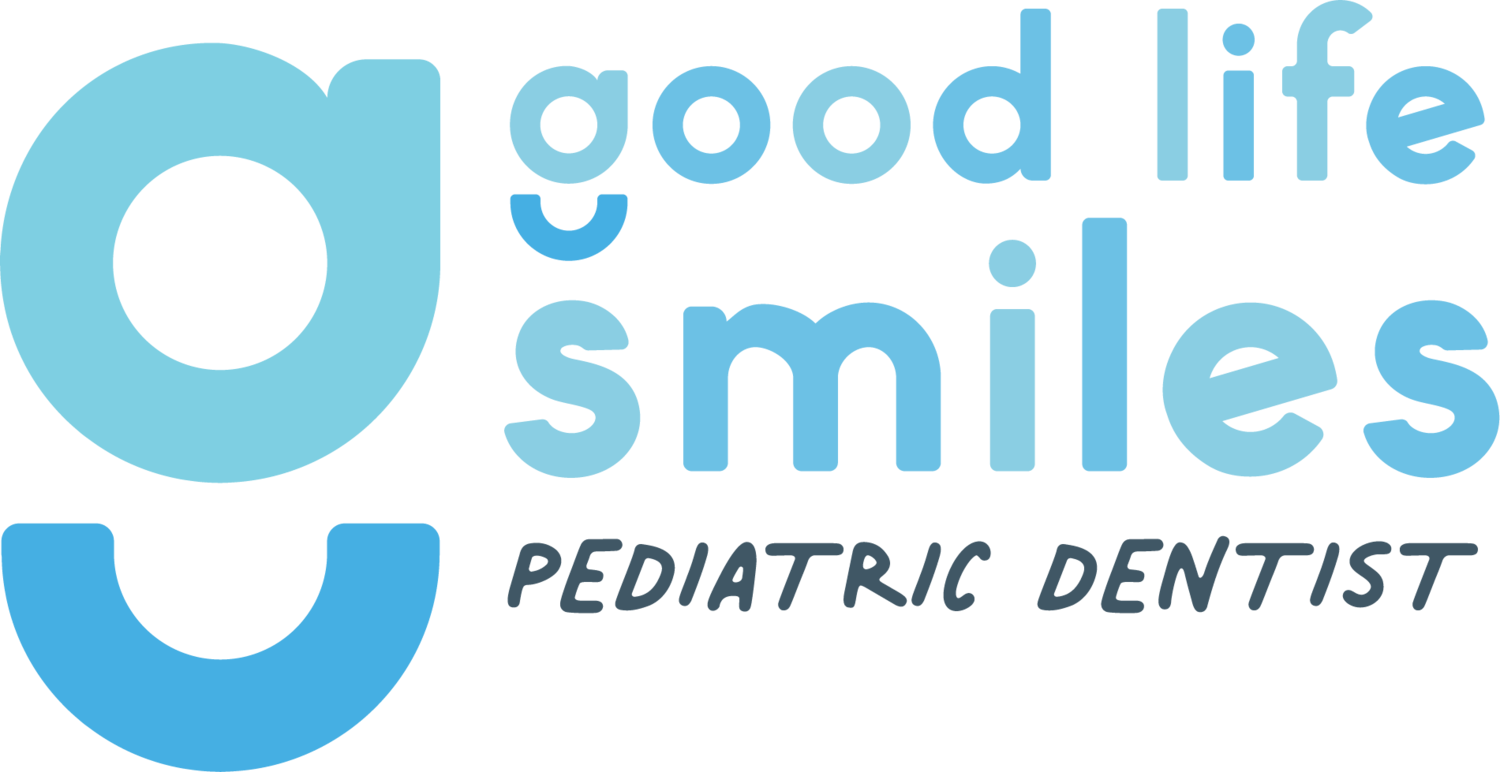D is for Dental Caries
Dental caries is one of the most common diseases affecting children globally. According to The National Institutes of Health's 2021 report titled 'Oral Health in America: Advances and Challenges,' it is estimated that over 530 million children worldwide suffer from untreated dental caries. Left untreated, dental caries can lead to poor nutrition and difficulty eating, decreased academic performance, increased absenteeism from school, and lower self-esteem or self-consciousness. In rare cases, complications of untreated dental caries have even resulted in death.
So what exactly is dental caries? It’s the reason most people visit a dentist, whether for prevention or treatment of the disease. Dental caries is the scientific term that dentists use for cavities.
What Causes Dental Caries?
A multitude of factors, both genetic and environmental, determine our susceptibility to dental caries, which is called our caries risk. In general, our caries risk depends on three main factors:
Bacteria
A food source for the bacteria
Our ability to keep that food source away from the bacteria
With 700 different types of bacteria in the mouth, only a handful are involved in the formation of cavities, with the chief strain being Streptococcus mutans, or S. Mutans for short. S. Mutans is an aciduric bacteria, meaning it thrives in acidic environments. What's more, it also produces acid.
S. mutans' food source includes the things that we eat and drink every day. Sugars and processed carbohydrates are particular favorites because they are easy to digest for the small bacteria. Just like us, the bacteria turns the food into energy and waste. They use the energy to reproduce more cavity-causing bacteria, while the waste product is lactic acid. This acid causes the surface of our teeth to demineralize. When enough minerals are lost, the enamel becomes so weak that a portion may break off, forming a cavity.
How Can I Reduce My Child’s Caries Risk?
The best way to keep your child cavity-free is to establish a dental home early. Pediatric dentists, like Dr. Pete, recommend a first dental visit for babies by their first birthday, or within 6 months of the first tooth erupting (whichever comes first!). By establishing dental care and returning for routine visits, a pediatric dentist can identify and help create a plan to reduce your child's caries risk and manage any cavities while they are small.
You can reduce the risk of cavities at home by limiting S. mutans' nutritional supply. Choose healthy foods and drinks (which are more difficult for bacteria to cause cavities from), limit the frequency of snacks between meals, and practice good oral hygiene to remove any food debris before bacteria can ingest it.
How Can I Learn More About Dental Caries and My Child’s Caries Risk?
Schedule a visit with Dr. Pete here! Healthy smile planning is our favorite thing to do.
Good Life Smiles blog content is for educational and entertainment purposes and should never substitute for informed dental or medical advice from your pediatric dentist and pediatrician.

